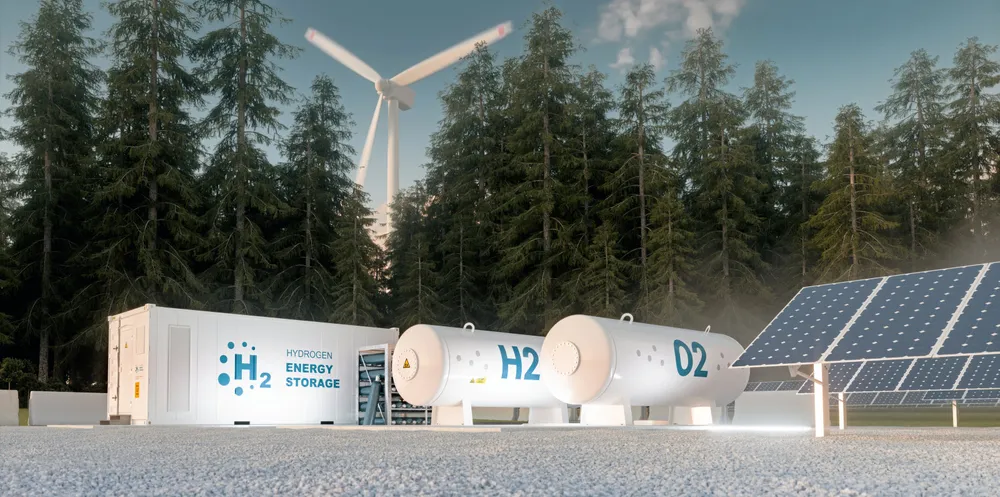'Market for clean-hydrogen services to be worth $400bn over next 15 years': Rystad Energy
Coming wave of green and blue H2 will require billions of dollars for construction, transport, infrastructure, engineering, O&M and associated sectors between now and 2035, says Norwegian analyst
